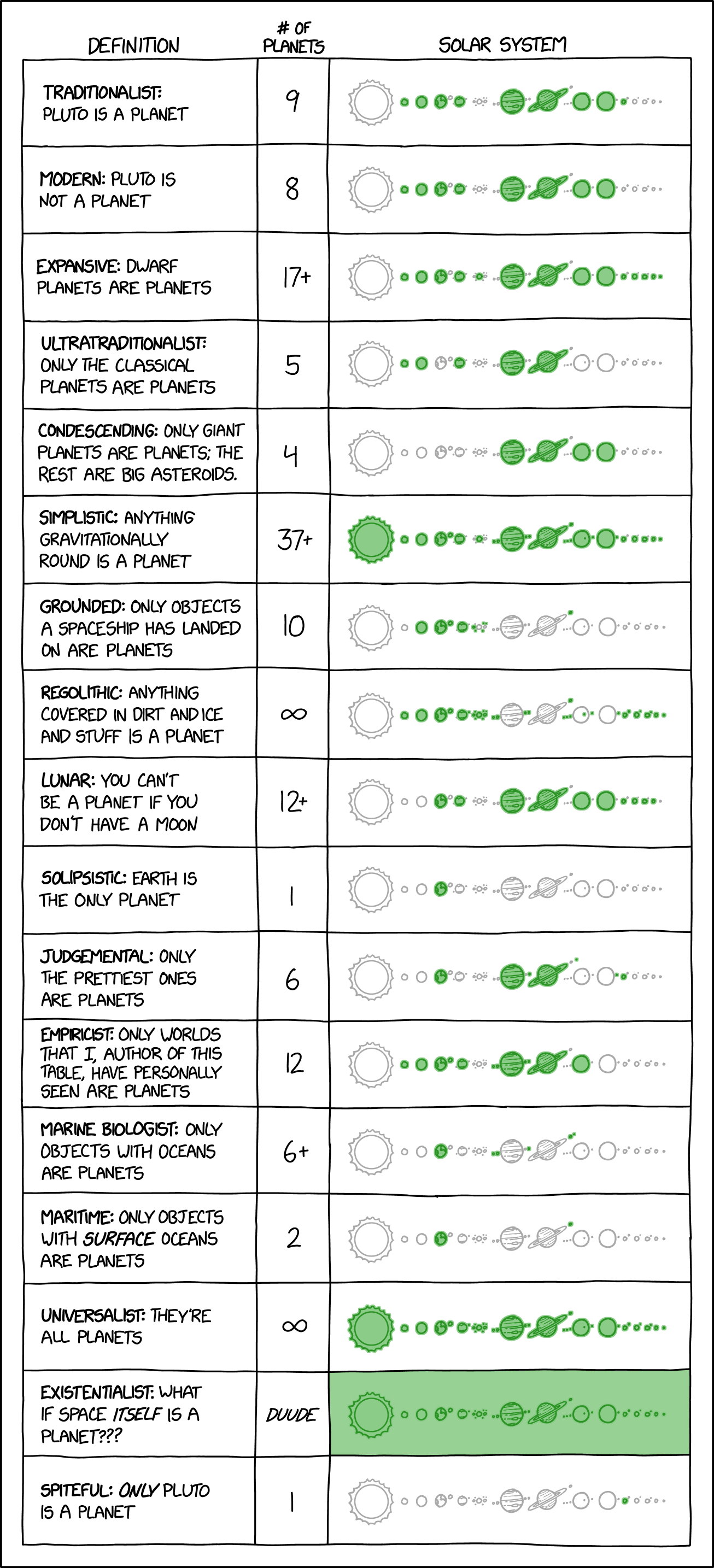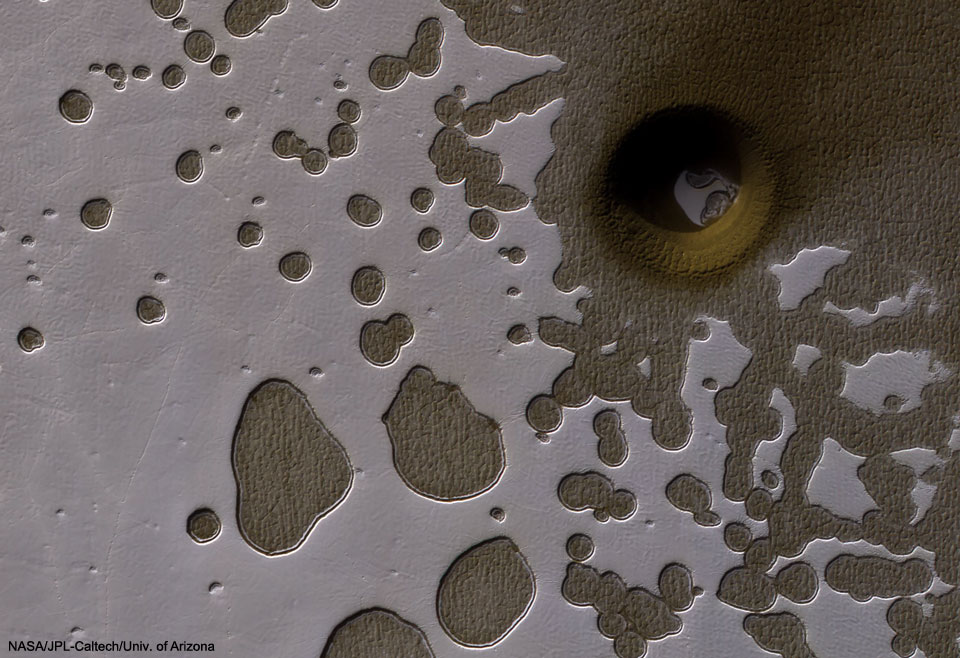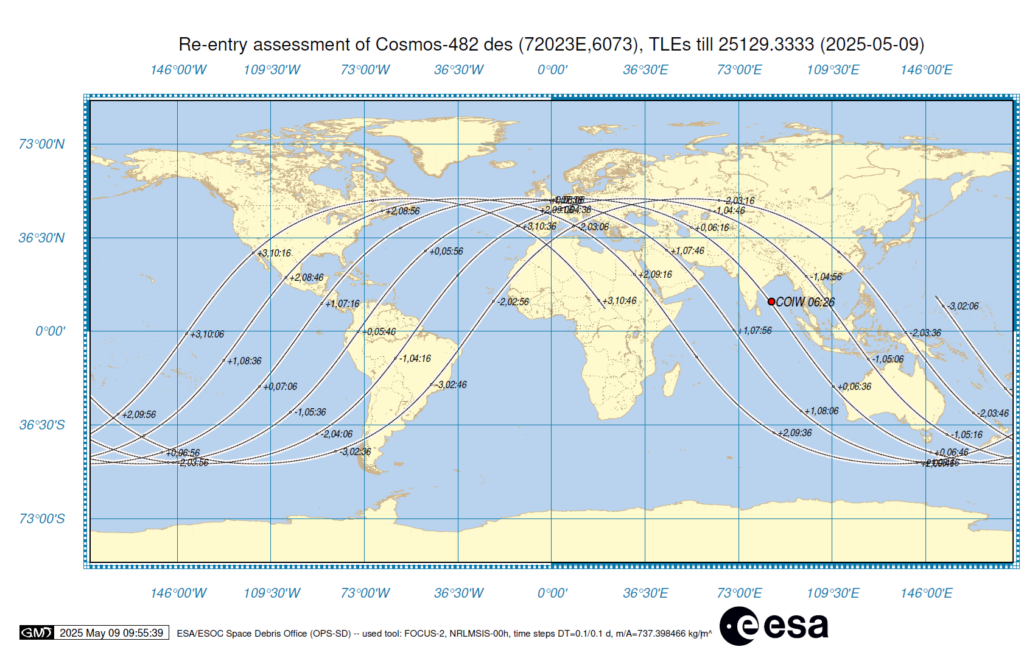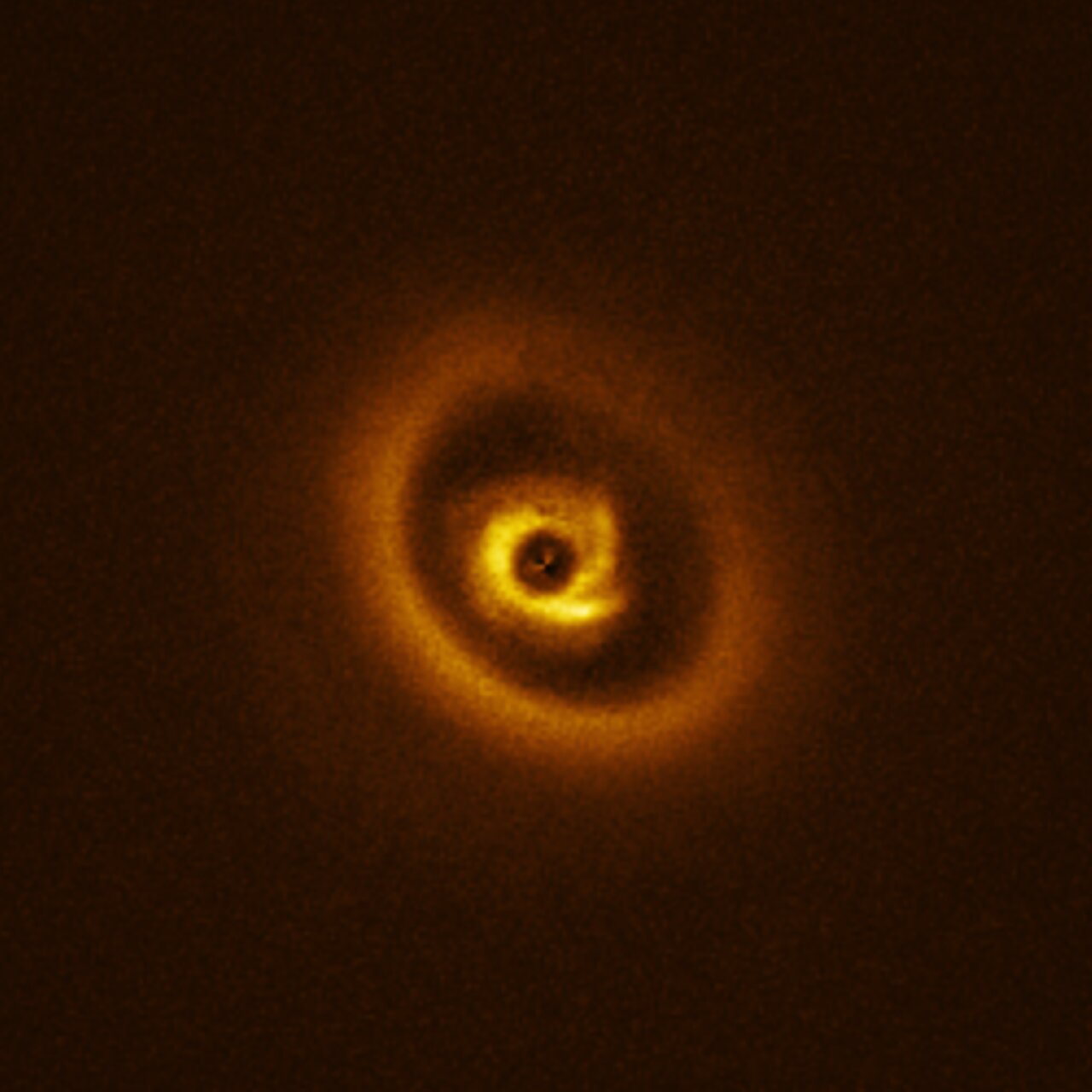SpaceX's Starship rocket explodes during preparations for 10th flight
This is latest setback in SpaceX's drive to get to Mars
SpaceX's Starship spacecraft exploded into a dramatic fireball during testing in Texas late on Wednesday, the latest in a series of setbacks for billionaire Elon Musk's Mars rocket program.
The explosion occurred around 11 p.m. local time as Starship was on a test stand at Starbase, Texas, while preparing for the tenth test flight, SpaceX said in a post on Musk's social media platform X.
The company attributed it to a "major anomaly," and said all personnel was safe.
"Preliminary data suggests that a nitrogen COPV in the payload bay failed below its proof pressure," Musk said in a post on X, in a reference to a nitrogen gas storage unit known as a composite overwrapped pressure vessel.
"If further investigation confirms that this is what happened, it is the first time ever for this design," he continued.
SpaceX didn't immediately respond to a request for further comment. The Starship rocket appeared to experience at least two explosions in quick succession, lighting up the night sky and sending debris flying, according to video capturing the moment it exploded.
The 122-metre Starship rocket system is at the core of Musk's goal of sending humans to Mars. But it has been beset by a string of failures this year.
Previous explosions
In late May, SpaceX's Starship rocket spun out of control about halfway through a flight without achieving some of its most important testing goals.
Starship had lifted off from SpaceX's Starbase, Texas, launch site, flying beyond the point of two previous explosive attempts earlier this year that sent debris streaking over Caribbean islands and forced dozens of airliners to divert course.
Two months earlier, the spacecraft exploded in space minutes after lifting off from Texas, prompting the U.S. Federal Aviation Administration (FAA) to halt air traffic in parts of Florida.
Videos on social media showed fiery debris streaking through the dusk skies near south Florida and the Bahamas after Starship broke up in space shortly after it began to spin uncontrollably with its engines cut off, a SpaceX live stream of the mission showed. Musk called that explosion "a minor setback."
The FAA said earlier this month that it had closed an agency-required investigation into the mishap, citing the probable cause as a hardware failure in one of the engines. SpaceX identified eight corrective actions to prevent a recurrence, and the FAA said it verified that SpaceX implemented those prior to the late-May Starship mission.
In January, a Starship rocket broke up in space minutes after launching from Texas, raining debris over Caribbean islands and causing minor damage to a car in the Turks and Caicos Islands.
https://www.cbc.ca/news/science/starship-test-explosion-1.7565381





www.nytimes.com






